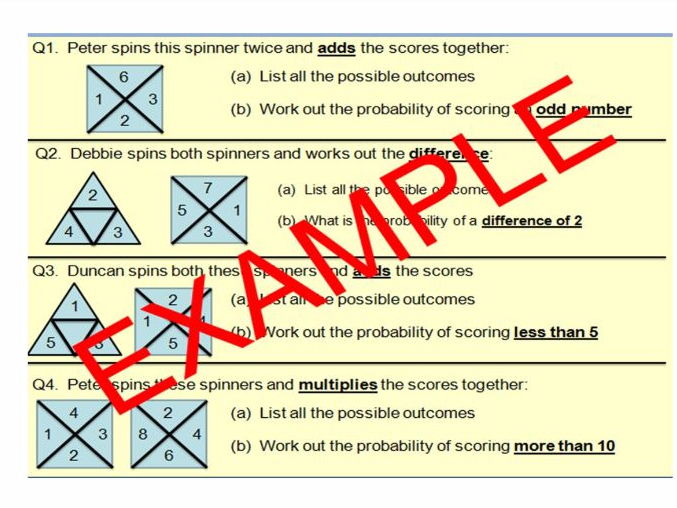Mr Cullen's Maths Shop
I am an experienced teacher dedicated to creating fantastic resources that engage pupils. My resources give teachers examples that they can model with pupils before giving pupils the chance to practice plenty of example questions. My pupils love answering questions using the catchphrase activity - I have found it really keeps them on task and engaged (especially if there is a small prize for whoever answers the catchphrase correct!)
















